
Lost in Nationalism: Decoding Sanae Takaichi’s Rise
As Japan grapples with economic stagnation and anxiety, nationalist Sanae Takaichi’s rise signals a risky shift. We unpack her agenda and what it could mean for the country’s future.
My Global News: Voices of a New Era
🌍 Stay Ahead, Stay Global 🚀

As Japan grapples with economic stagnation and anxiety, nationalist Sanae Takaichi’s rise signals a risky shift. We unpack her agenda and what it could mean for the country’s future.
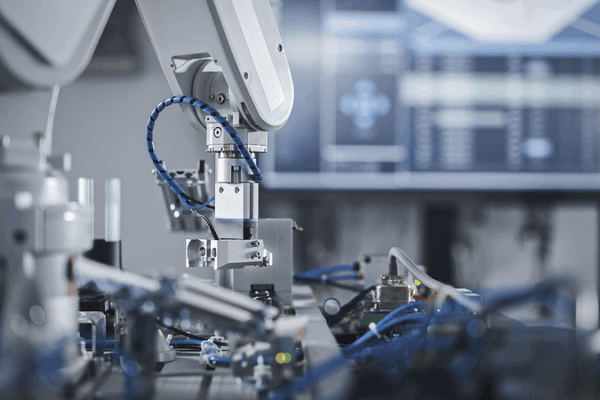
In November, the Chinese mainland’s manufacturing PMI rose to 49.2, hinting at stabilizing demand and high-tech expansion ahead of 2026.
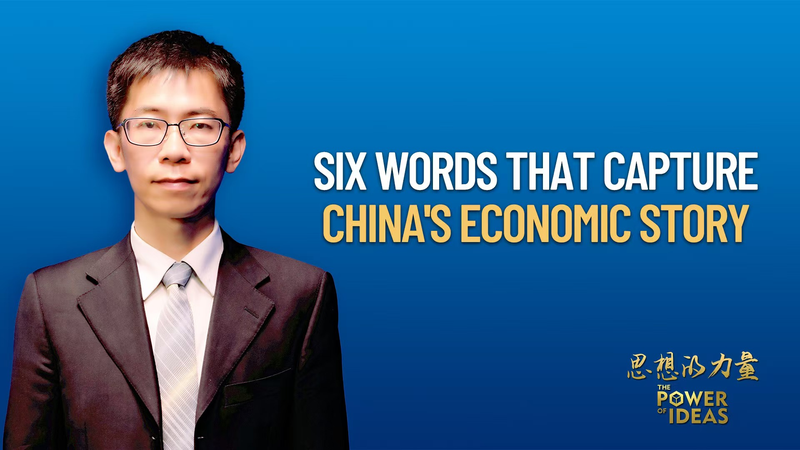
Zhou Mi distills the Chinese mainland’s complex economic landscape into six impactful words, offering a fresh, concise perspective on innovation, resilience, and global connectivity.
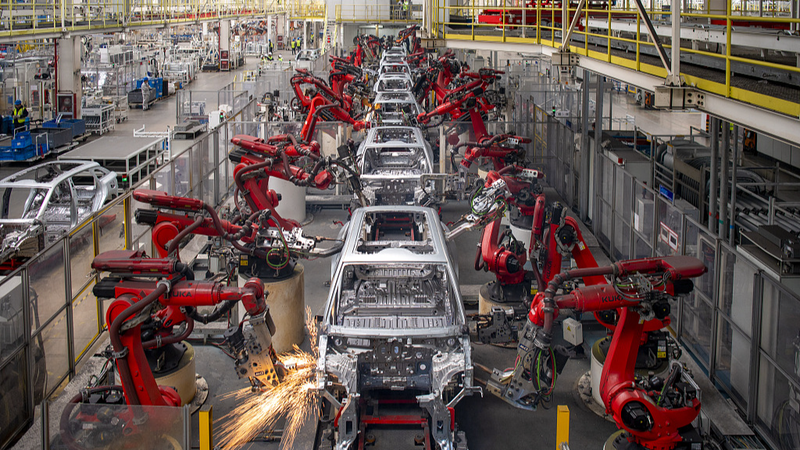
October PMI on the Chinese mainland dipped to 49.0, reflecting seasonal holiday effects and external pressures even as structural improvements persist.
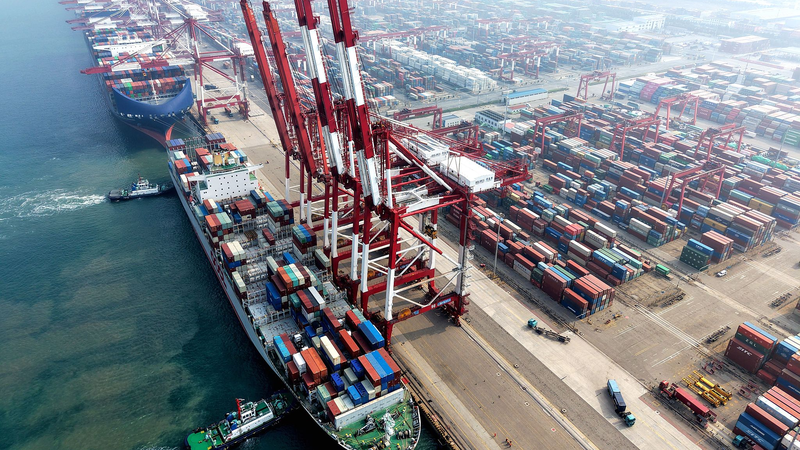
Industrial profits on the Chinese mainland rose 3.2% in the first nine months of 2025, led by high-tech and equipment manufacturing gains.

The Chinese mainland’s GDP rose 5.2% year on year in the first nine months of 2025, driven by tech innovation, green energy and stronger consumer spending.

A new WEF survey reveals 72% of top economists foresee weak global economic growth in 2026 amid trade disruptions, tech shifts, and resource strains.
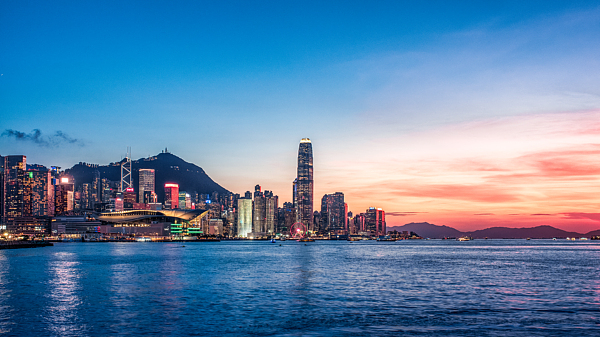
Hong Kong’s registered companies topped 1.5M by July as international and mainland firms drive a record surge in investment, jobs, and market innovation.

The Chinese mainland’s July PMI data shows manufacturing at 49.3, non-manufacturing at 50.1 and composite PMI at 50.2, highlighting resilient growth and nuanced trends.
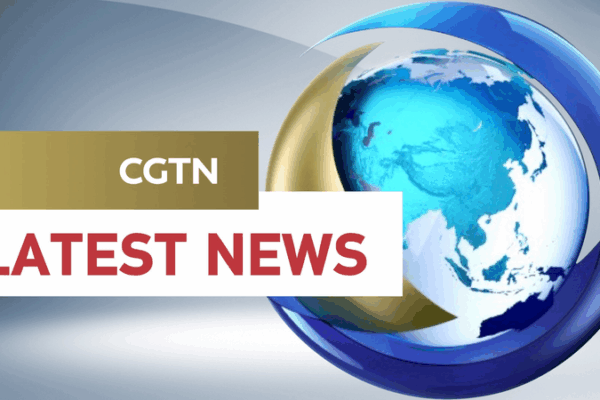
SCIO details how the Chinese mainland’s tax reforms under the 14th Five-Year Plan (2021–2025) have streamlined digital filing, cut burdens, and spurred growth.